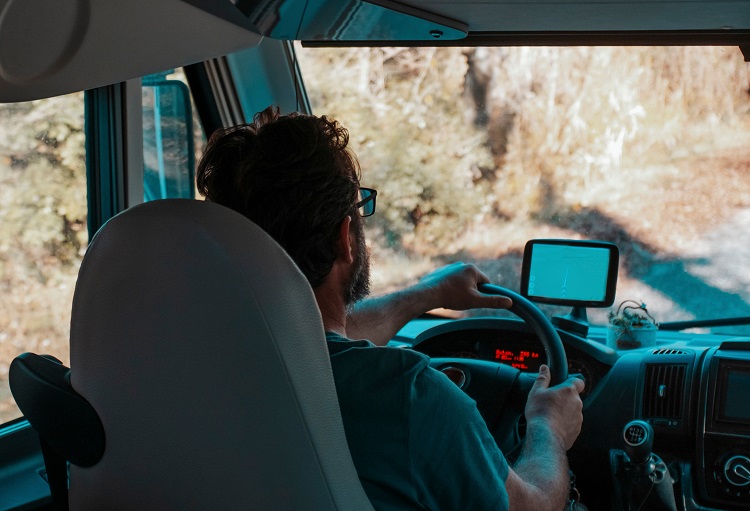
When you want to travel in style, it doesn’t get much better than a Class A motorhome. As the largest class of motorhome, they offer all the features you’ll need for extended trips. Whether you’re touring the country or just want to be comfortable no matter where you go, the Class A motorhome is a great option. That being said, driving a Class A isn’t exactly the same thing as driving your pickup truck or minivan. Class As are bigger and heavier than other types of automobile, and for that reason, their systems aren’t exactly the same as your standard car or truck. Below, we’ve compiled a few of the most important things to know before you get behind the wheel of your Class A. If you’re in the market for a new RV, don’t hesitate to stop by Vantastic Vans in Albuquerque, NM!
Braking
The more weight you add to a vehicle, the beefier the brakes need to be. Since a Class A typically carries a huge amount of weight, it needs big brakes, and most manufacturers turn to air brakes for this job. In the same way that higher-end bicycles do away with clamp brakes and use disc brakes instead, air brakes provide an upgrade in performance from most standard hydraulic models. The trick to using these is to realize that this type of brake isn’t responsive to foot pressure on the brake pedal. Instead, this type of brake is either on or off based on whether any pressure is being applied. The longer the brake is applied, the more pressure will be applied. For this reason, you’ll need to react to things happening several cars ahead if you want to be able to brake in time.
Following Distance
As you might be able to guess from reading about the way air brakes work, you’ll need to adjust your following distance when driving a Class A motorhome. Follow distance is the amount of space you leave between yourself and the next car ahead of you. Essentially, you’ll want to double the amount of space you leave between yourself and the next car in front of you. It’s not always easy to be patient when driving an RV because people will tend to hop in your lane after you’ve just found the right amount of distance between yourself and the next car. Try to be patient and remember that you’re basically driving a bus so there’s not much of a chance you’ll be able to nimbly avoid every car that enters your lane.
Highway Driving
Driving on the highway in a Class A motorhome can be somewhat challenging and often requires some defensive driving tactics as well as an ability to adapt to changing circumstances. Giving yourself plenty of braking room is crucial. You should also make sure to get into the appropriate lane long before you need to make an exit or avoid an obstacle. Making a last minute direction correction at highway speeds is extremely dangerous. If you come across a high wind advisory, make sure to obey it. Remember, when you’re in a Class A motorhome, the tall profile will catch the wind like a sail. Always slow down until you’re sure how your motorhome will react to the wind.
Steering
Turning in a Class A motorhome requires paying attention throughout the turn and giving yourself plenty of room to make your moves. There may be times when you’ll need to turn partially into the lane of oncoming traffic in order to make it all the way into the correct lane. If you need to do this, wait until you have plenty of room, and then make a confident, smooth turn. The more you hesitate, the more likely you’ll be to have problems. On the other hand, don’t jump the gun by trying to make a turn without sufficient time to complete it. As you turn, make sure to look behind you using your RV mirrors. Try to avoid hopping curbs with your rear wheels whenever possible, and make sure you aren’t scraping the back of your RV on any obstacles.
Driving a Class A motorhome requires a little bit of practice and finesse. Try taking yours to a nearby empty parking lot to work on your skills. If you’re still in the market for your first Class A, stop by Vantastic Vans in Albuquerque, NM to find your next model!
